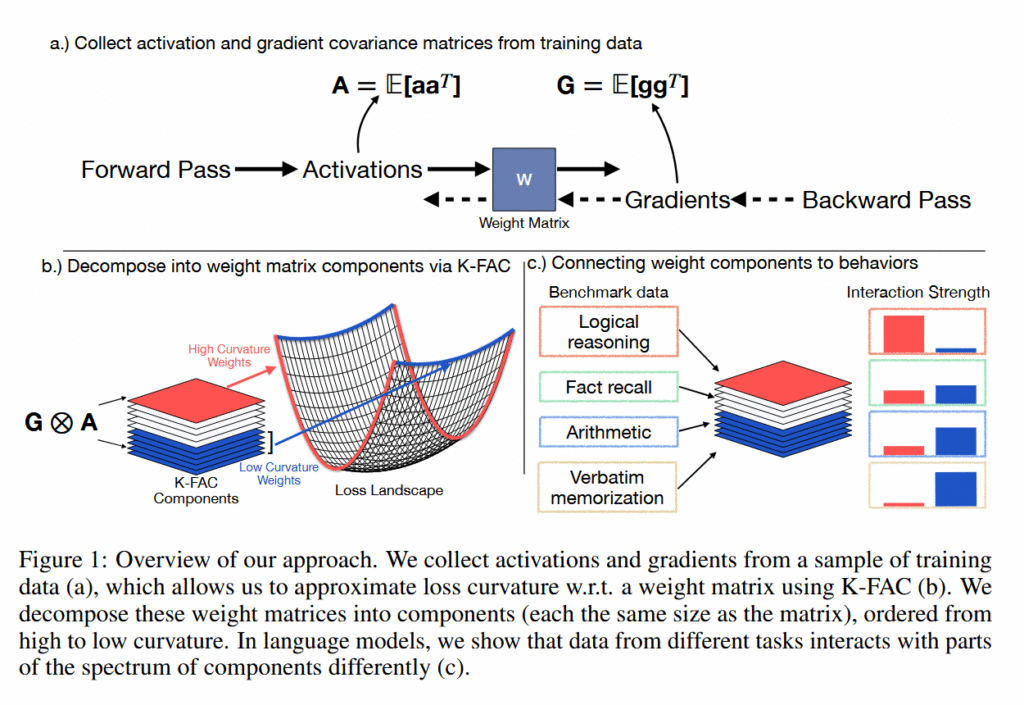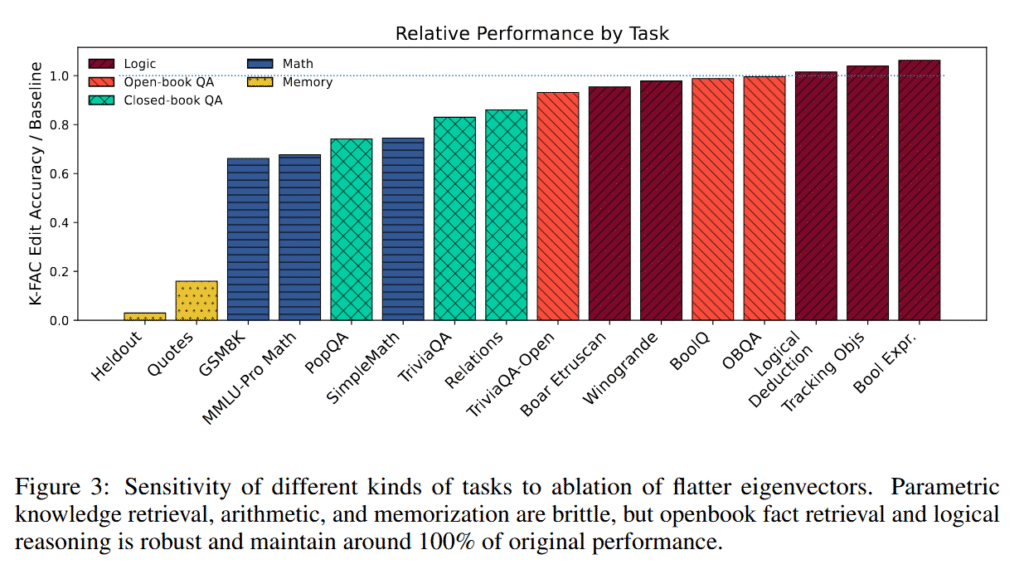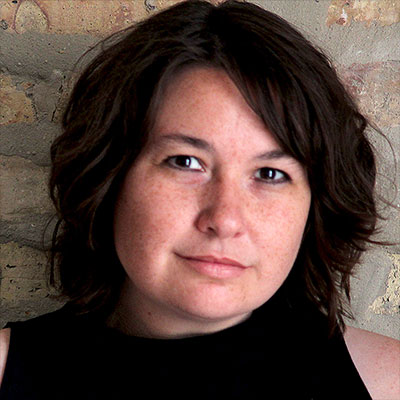Pirelli’s Cyber Tire might become highway agencies’ newest assistant
“Two weeks ago, a European manufacturer tested… the traction control and stability with a dramatic improvement in stability and the traction,” he said. “The nice part of the story is that there is not only an objective improvement—2 or 3 meters in braking distance—but there is also from these customers always a better feeling… which is something that is very important to us because numbers are for technicians, but from our customer’s perspective, the pleasure to drive also very important.”
The headline said something about traffic?
While the application described above mostly serves the Cyber Tire-equipped car, the smart tires can also serve the greater good. Earlier this year, we learned of a trial in the Italian region of Apulia that fitted Cyber Tires to a fleet of vehicles and then inferred the health of the road surface from data collected by the tires.
Working with a Swedish startup called Univrses, Pirelli has been fusing sensor data from the Cyber Tire with cameras. Misani offered an example.
“You have a hole [in the road]. If you have a hole, maybe the visual [system] recognizes and the tire does not because you automatically try to avoid the hole. So if the tire does not pass over the hole, you don’t measure anything,” he said. “But your visual system will detect it. On the opposite side, there are some cracks on the road that are detected from the visual system as something that is not even on the road, but they cannot say how deep, how is the step, how is it affecting the stability of the car and things like this. Matching the two things, you have the possibility to monitor in the best possible way the condition of the road.”
“Plus thanks to the vision, you have also the possibility to exploit what we call the vertical status—traffic signs, the compatibility between the condition of the road and the traffic signs,” he said.
The next step is a national program in Italy. “We are investigating and making a project to actively control not the control unit of the car but the traffic information,” Misani said. “On some roads, you can vary the speed limit according to the status; if we can detect aquaplaning, we can warn [that] at kilometer whatever, there is aquaplaning and [the speed limit will be automatically reduced]. We are going in the direction of integrating into the smart roads.”
Pirelli’s Cyber Tire might become highway agencies’ newest assistant Read More »





















